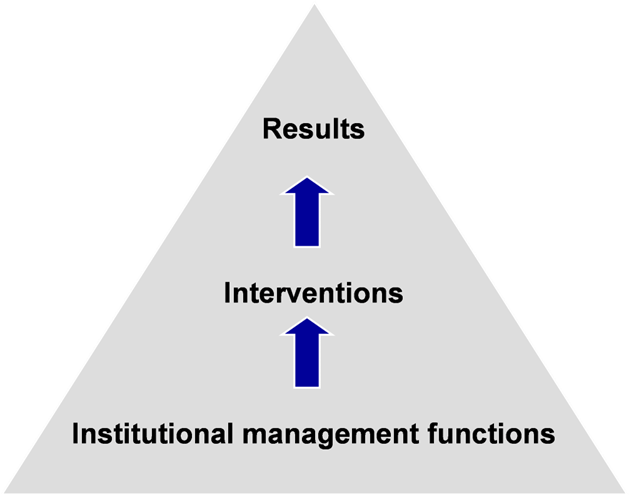2.4 The importance of government leadership
Achieving road safety results requires long-term governmental ownership, leadership and political will, which can be translated into ambitious long-term goals, stepwise targets for projects and programmes, and sufficient human and financial resources to achieve them.
Government leadership and related performance targets, tools and incentives are necessary to capture the external ‘co-benefits’ arising from improved road safety (outlined in Chapter 1. Scope of the Road Safety Problem).
Careful leadership and effective governance are essential to ensure that competing interests will not obscure this shared responsibility (Bliss & Breen, 2009; SSATP, 2014).
An example from France of how political will at the highest level of government and with targeted investment can rapidly lead to improved road safety results is presented in Box 2.9.
BOX 2.9: ROAD SAFETY AS A PRESIDENTIAL PRIORITY IN FRANCE, 2002
President Jacques Chirac, in his Bastille Day speech in 2002, designated road safety as one of the three national priorities for his Presidency and spearheaded a new road safety action plan supported by high level leadership and coordination in France. The plan adopted in December 2002 targeted key safety behaviours such as excess speed. The plan set aside 400 million euros for a 3-year investment plan to purchase as a first step 1,000 automatic radar devices, as well as a large number of vehicles and modern breath-testing equipment (breathalysers). New automatic processing centres were set up for speeding offences, which rose from 1.6 million in 2003 to 4.8 million in 2004. In the first year of implementation, crash rates declined by 17.5%, serious injuries fell by 19%, and deaths were 21% lower than the previous year. Over 3 years, deaths reduced from 7,242 (2002) to 4,900 (2005).
Source: ONISR, 2004; FIA Foundation, 2006
Managing road safety requires institutional leadership, cooperation and delivery capacity within government agencies, as well as with their industry, business sector and civil society partnerships over a sustained period. Road safety leadership and capacity at the jurisdictional level cannot be outsourced since the issues involved go to the core of government decision-making. Careful leadership and effective governance is essential to ensure that competing interests will not obscure this shared responsibility (Bliss & Breen, 2009; SSATP, 2014).
The World Report on Road Traffic Injury Prevention (Peden et al., 2004) highlights the fundamental role of the lead agency for road safety. Its priority recommendation to countries is to establish leadership arrangements and guidance based on successful practice. Experience has demonstrated the need for the agency to be a governmental body and to be publicly accountable for its performance. Without this leadership to organise the actions of all agencies and stakeholders, experience shows that even the best strategies and plans will not be implemented.
BOX 2.10: RECOMMENDATIONS FOR LEAD AGENCIES FOR ROAD SAFETY
- Agency has the authority and responsibility to make decisions, control resources and coordinate efforts by all sectors of government (health, transport, education and the police).
- Should have adequate finances to use for road safety, and should be publicly accountable for its actions.
- Should take efforts to engage all significant groups concerned in road safety.
- Awareness, communication and collaboration are key to establishing and sustaining national road safety efforts.
- National efforts will be boosted if one or more well-known political leaders can actively champion the cause of road safety.
Source: Peden et al., (2004)
ROAD SAFETY REQUIRES A PLANNED RESPONSE
Successful road safety management is a systematic process. This has been defined and effective practice has been translated into working management system models for jurisdictions and organisations to provide tools to help address the Decade’s goals (Bliss & Breen, 2009, 2013; ITF, 2008; ISO, 2012). As illustrated in Figure 2.3, key institutional management functions produce effective, system-wide interventions designed to produce road safety results for the interim and the long-term. See Chapter 3. Safety Management System for a further discussion of country and organisational road safety management system frameworks.

(SOURCES: BLISS & BREEN, 2009; WEGMAN, 2001; KOORNSTRA ET AL., 2002; BLISS, 2004).






